For many people with thick thighs, chafing is an all-too-familiar issue, especially in hot weather or during extended periods of physical activity. The friction caused by thighs rubbing together can lead to discomfort, irritation, and even painful skin abrasions. But the good news is, there are effective solutions to keep you feeling comfortable and confident all day long. In this article, we’ll discuss the causes of chafing, why it happens, and how to prevent it with simple strategies and products designed to keep your skin protected.
1. What Causes Chafing?
Chafing occurs when skin rubs against skin or clothing, causing friction. In the case of thick thighs, when your thighs touch each other, they can create continuous friction, especially when you’re walking, running, or wearing tight-fitting clothing. This friction can lead to irritation, redness, and sometimes painful raw skin.
Several factors can increase the likelihood of chafing:
- Sweating: Sweat acts as a lubricant, which can reduce friction in the short term, but over time, moisture can cause irritation and soften the skin, leading to chafing.
- Heat and Humidity: Hot and humid weather can increase sweating and make your skin more prone to irritation.
- Tight or Rough Fabrics: Clothing made from non-breathable fabrics or rough materials can irritate the skin as they rub against it.
- Prolonged Activity: Physical activities like walking, running, or biking that involve repetitive motion can intensify friction.
2. How to Prevent Chafing: Practical Solutions
The key to preventing chafing is to reduce friction between your thighs or minimize the exposure of sensitive areas to prolonged movement or moisture. Here are some effective solutions that can help keep you comfortable:
A. Anti-Chafing Creams and Balms
One of the most popular solutions for preventing chafing is using anti-chafing creams or balms. These products create a protective barrier on the skin, reducing friction and preventing irritation. Many anti-chafing creams are formulated with ingredients like zinc oxide or petroleum jelly, which help to moisturize and protect the skin. You simply apply the balm to areas prone to chafing before you start your day or workout.
Some top-rated anti-chafing products include:
- Bodyglide Original Anti-Chafe Balm: This is a top choice for athletes and people with thick thighs. It provides a long-lasting barrier that reduces friction without feeling greasy.
- Chamois Butt’r Anti-Chafe Cream: Often used by cyclists, this cream is designed to protect skin during long rides but is equally effective for preventing thigh chafing.
B. Moisture-Wicking and Breathable Fabrics
Choosing the right clothing is crucial in preventing chafing. Moisture-wicking fabrics pull sweat away from your skin and help to keep it dry, reducing the chances of irritation. Look for leggings, shorts, and underwear made of materials such as nylon, spandex, or polyester that offer both stretch and breathability. Avoid cotton, as it tends to retain moisture, leading to more friction.
Some good clothing options for chafing prevention:
- Compression Shorts: These provide coverage and reduce friction between your thighs while helping to wick away moisture.
- Anti-Chafe Shorts: Specially designed shorts made with smooth, soft fabrics that help prevent chafing by providing a frictionless surface for your thighs to glide over.
C. Thigh Bands and Chafing Sleeves
If you’re looking for a more discrete option, thigh bands or chafing sleeves can be worn under dresses, skirts, or shorts to protect your thighs from rubbing together. These are usually made of soft, stretchy fabric and designed to fit snugly around your thighs, providing a comfortable barrier. Thigh bands are available in a variety of styles, from simple bands of fabric to lace-trimmed versions that look chic under dresses.
Popular brands include:
- Bandelettes Thigh Bands: These silicone-lined bands are comfortable, stylish, and effective at preventing thigh chafing.
- Jockey No Ride-Up Underwear: Offering a practical solution, these are designed to stay in place and provide coverage to reduce friction.
D. Lubricants and Oils
For some individuals, lubricants such as coconut oil or petroleum jelly can serve as a protective layer that prevents chafing. Applying a thin layer to the inner thigh or other prone areas before a workout or outing can provide a slippery barrier that reduces skin-on-skin friction. While this option is effective, it may require more frequent reapplication compared to other products.
E. Stay Hydrated and Keep Skin Dry
Moisture is a major factor in chafing, so keeping your skin dry is essential. Hydrating your skin with body powders or sprays designed to absorb excess sweat can help maintain dryness throughout the day. Talcum powder, cornstarch, or antifungal powders are popular options for reducing moisture and minimizing friction.
Additionally, make sure to drink plenty of water throughout the day to stay hydrated and prevent excessive sweating.
3. Post-Chafing Care: How to Heal and Soothe Irritated Skin
If you do experience chafing despite your best efforts, it’s important to take care of the affected area to prevent infection and promote healing.
- Cleanse Gently: Wash the irritated area with mild soap and cool water to remove any sweat, dirt, or bacteria.
- Apply Soothing Creams: Use creams with ingredients like aloe vera, vitamin E, or hydrocortisone to soothe the skin and promote healing. These products help reduce inflammation and redness.
- Avoid Scratching: It can be tempting, but scratching can worsen the irritation and delay healing. Let the skin heal naturally by keeping it clean and moisturized.
4. Chafing-Friendly Clothing Brands to Consider
There are several brands that focus specifically on creating clothing for individuals who experience chafing. These companies design garments that are both functional and comfortable, ensuring you stay chafe-free all day.
- Under Armour: Known for its moisture-wicking fabrics and breathable designs, Under Armour’s compression gear is a popular option for reducing thigh chafing during workouts.
- Lululemon: With their wide selection of breathable leggings and shorts, Lululemon has become a go-to for those looking to avoid chafing while maintaining comfort and style.
- Balega: While known for socks, Balega’s designs focus on reducing friction and are a great option for people who experience chafing in other areas of the body.
5. Conclusion
Chafing doesn’t have to be a constant nuisance, especially for those with thick thighs. With the right preventative measures, including using anti-chafing products, choosing moisture-wicking fabrics, and opting for supportive clothing, you can avoid discomfort and irritation. Don’t let chafing hold you back—by taking care of your skin and using the right products, you can stay comfortable and confident all day long. Whether it’s for exercise, everyday wear, or a special occasion, there are plenty of solutions to keep you feeling great while embracing your natural shape.
-
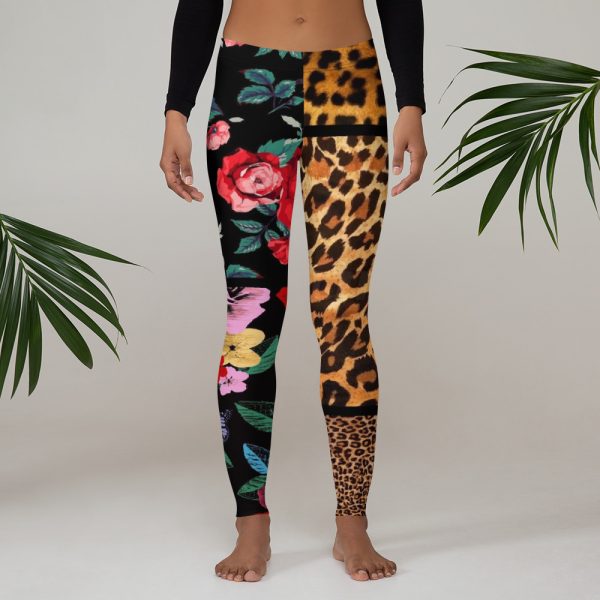 Designer Leggings Black Floral Leopard Animal Print$81
Designer Leggings Black Floral Leopard Animal Print$81 -
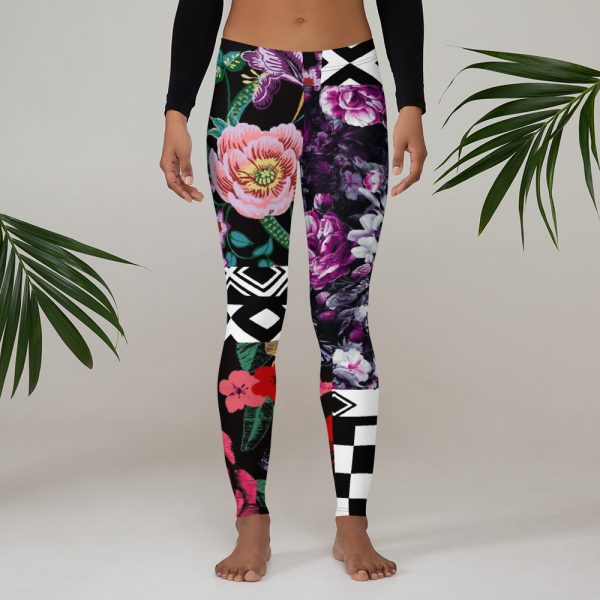 Leggings Black Floral Purple Red White Checkered$81
Leggings Black Floral Purple Red White Checkered$81 -
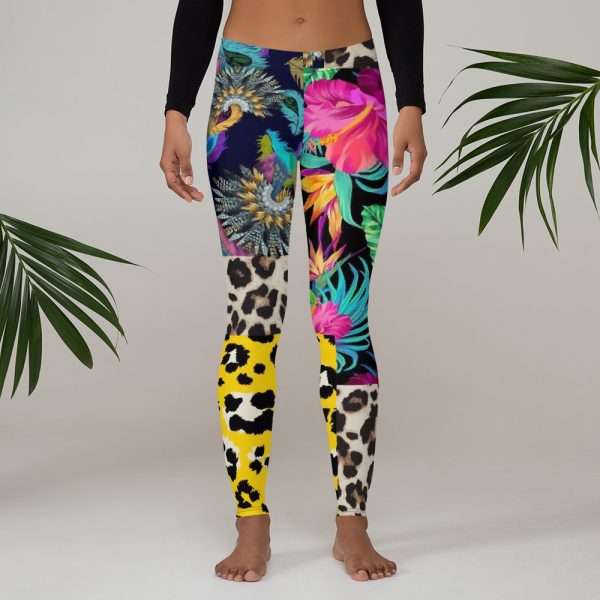 Leggings Floral Black Yellow Green Leopard Animal Print$81
Leggings Floral Black Yellow Green Leopard Animal Print$81 -
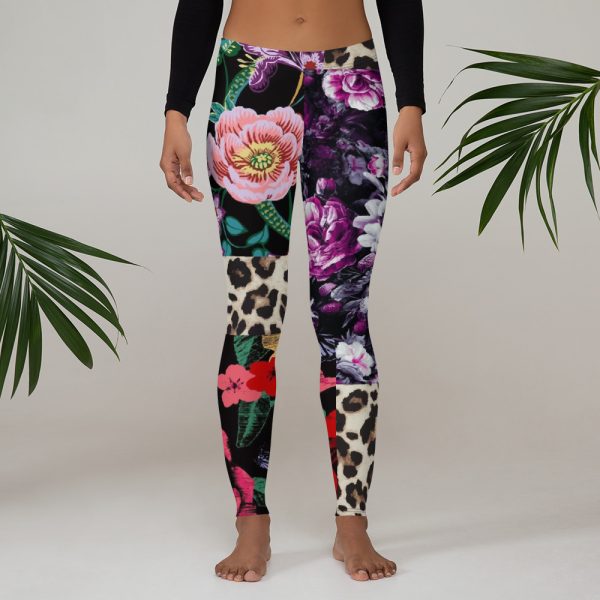 Leggings Floral Black Purple Red Leopard Animal Print$81
Leggings Floral Black Purple Red Leopard Animal Print$81 -
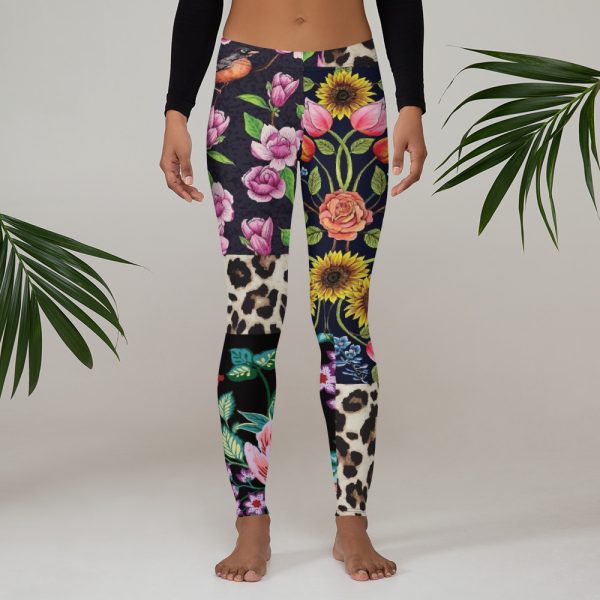 Leggings Floral Black Green Purple Leopard Animal Print$81
Leggings Floral Black Green Purple Leopard Animal Print$81 -
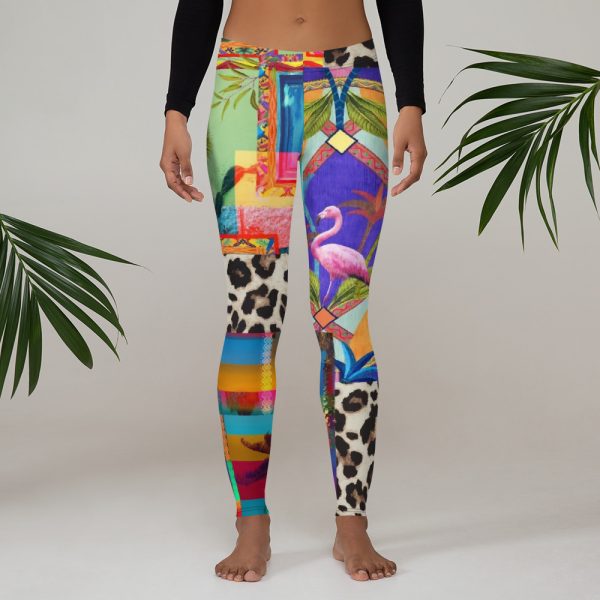 Leggings Floral Rainbow Green Green Purple Leopard Animal Print$81
Leggings Floral Rainbow Green Green Purple Leopard Animal Print$81 -
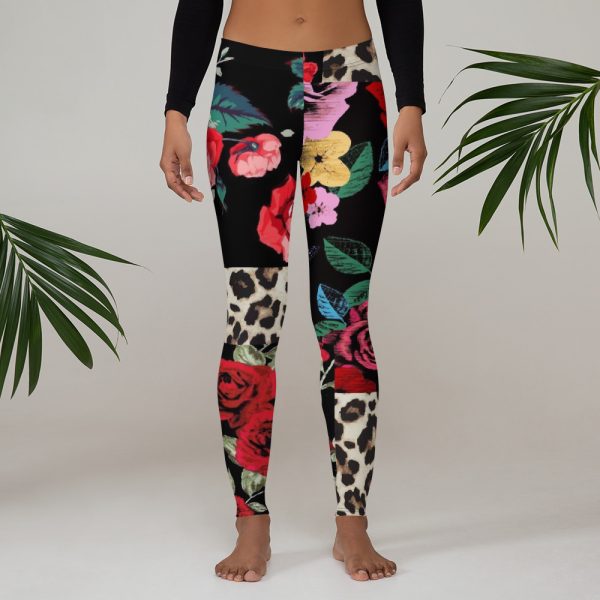 Leggings Floral Black Red Leopard Animal Print$81
Leggings Floral Black Red Leopard Animal Print$81 -
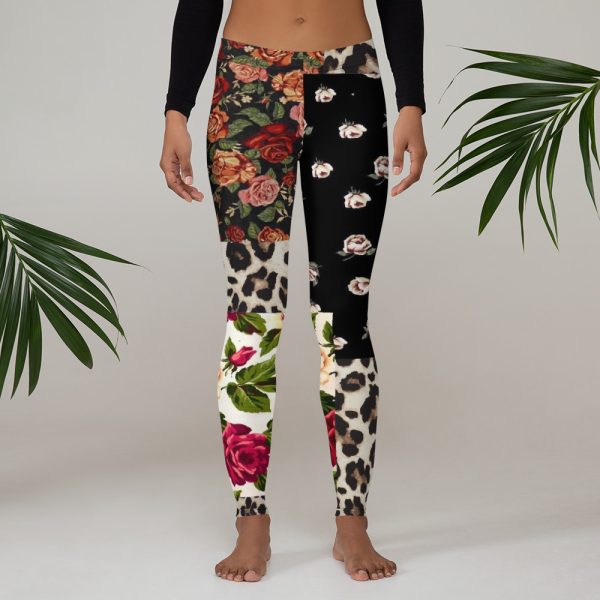 Leggings Floral Black White Brown Leopard Animal Print$81
Leggings Floral Black White Brown Leopard Animal Print$81 -
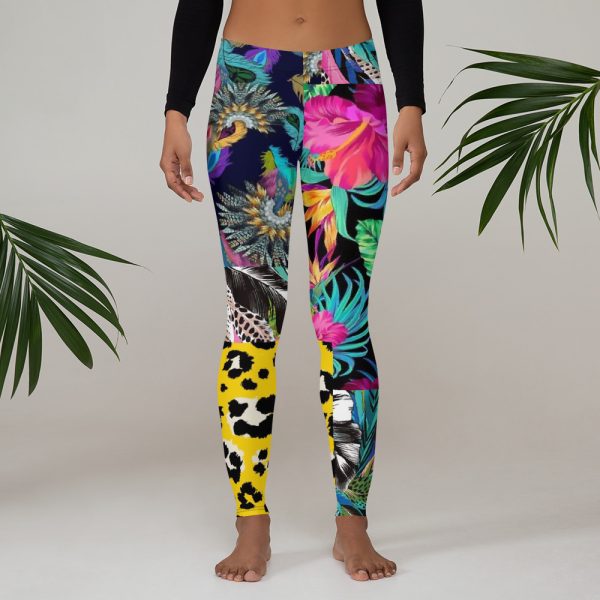 Leggings Floral Black Yellow Green$81
Leggings Floral Black Yellow Green$81